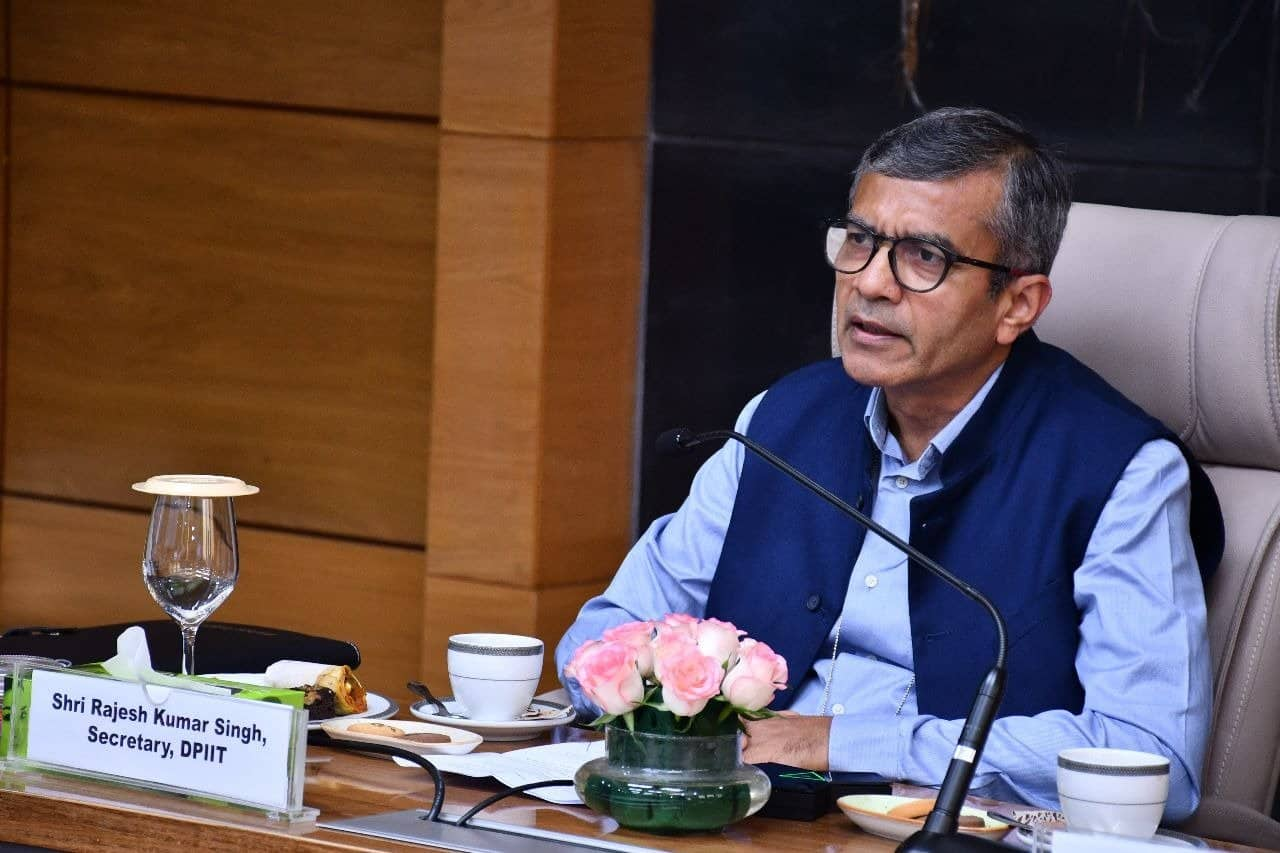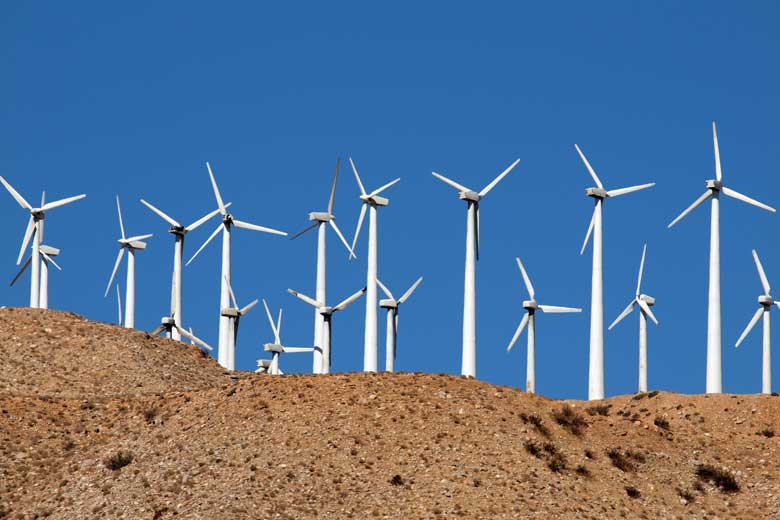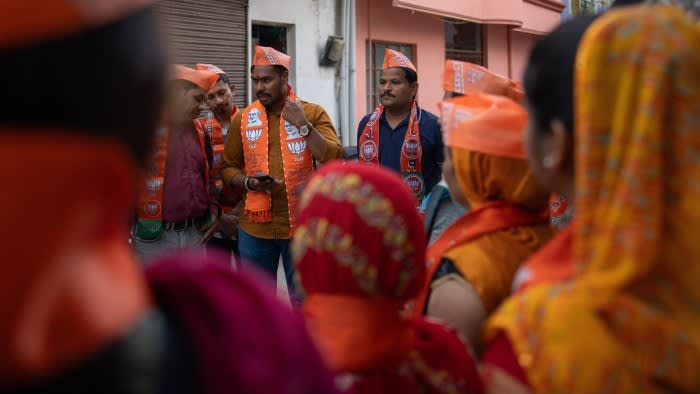- Arvind's Newsletter
- Posts
- Arvind's Newsletter
Arvind's Newsletter
Issue No #1094
1.There is a lot of news and conjectures on Tesla, ahead of Elon Musk’s 48 hour trip to India in which he will meet Narendra Modi, with regard to his investment plans in India, based on the new EV policy
Tesla may invest $2-3 billion in India, mostly to build a factory, Reuters reports in the runup to Elon Musk’s visit next week. The EV maker is also scouting for showroom spaces in Delhi and Mumbai.
Where Tesla will headquarter Indian manufacturing operations is a mystery, but Business Standard reported that Tamil Nadu,Telangana, Maharashtra, Gujarat, and Rajasthan are contenders. Tamil Nadu and Maharashtra are reportedly at an advantage because of their respective proximity to East Asia and West Europe, Tesla’s major import-export hubs. But Tamil Nadu has a strong auto ecosystem.
Sourcing the Bloomberg Suppliers database, the publication also identified eight Indian suppliers who have already been working with the company before its India debut: Samvardhana Motherson, Bosch Group, Hindalco Industries, Goodluck India, Suprajit Engineering, Sona BLW Precision Forgings, Valiant Communication, and Varroc Engineering. The Centre is also keeN on Musk building a battery ecosystem here.
Google Wallet will finally launch in India — nearly two years after its relaunch as a digital wallet platform in the U.S. — according to a preview of the app that the company accidentally posted on the Google Play store in the country.
After TechCrunch spotted the listing for the app — which will let users load up loyalty cards and buy things, among other features — the company declined to confirm that it will be coming soon to Android users. But it then seemed to pull some of the details from the listing, such as what appear to be high-profile launch partners local to India. (The app now more generically features U.S. brands.)
Somewhat confusingly, Google did confirm to us that it will continue to run Google Pay as a stand-alone app in the country, at least for now. That’s a different strategy from just about every other market, where Google has been merging Wallet and Pay experiences together under a single Wallet app.
3.Tata Motors plans Jaguar Land Rover EV imports to India under new policy
India's Tata Motors plans to import its Jaguar Land Rover (JLR) luxury electric cars under a new government policy that lowers import taxes for companies agreeing to set up local manufacturing, two Indian government sources said.
Tesla is also expected to start importing its cars to India and make an investment in the country, Reuters has reported, and as stated in earlier post above, but Tata's plan if realised would make it the first local carmaker to opt for the policy designed to increase use of electric vehicles (EVs).
Tata Motors is also planning to manufacture Jaguar Land Rover (JLR) luxury cars at a $1 billion plant that it is planning to build in the southern state of Tamil Nadu. Tata Motors announced plans to invest in a new plant in Tamil Nadu in March but did not give details on which models would be manufactured there.
4.India’s elections will be a major test of AI literacy
AI-generated videos of Prime Minister Narendra Modi are addressing voters by name, in whichever of the many Indian languages they may speak, reported the New York Times.Experts see potential for misuse in a country already rife with disinformation.
5.Eight Indians named in Time's 100 Most Influential List 2024
Eight individuals of Indian descent, including Satya Nadella, Alia Bhatt, Ajay Banga, Sakshi Malik, Dev Patel, Priyamvada Natarajan, Jigar Shah and Asma Khan, have been honoured in Time magazine's prestigious list of the 100 most influential people of 2024.The list includes politicians, business leaders, artists, icons, movie stars, athletes, and scientists who have made significant impact in their fields. The overall list contains four categories: Leaders, heroes, artists, and thinkers.
6.New Sea Dragon Unlocked
Researchers have identified remnants of what may be the largest marine reptile ever discovered. The species, ichthyotitan severnensis, was believed to reach over 80 feet long, twice the length of a city bus.
The newly discovered species is a descendant of ichthyosaurs (sea dragons), which coexisted with dinosaurs in the late Triassic Period, 250 million to 200 million years ago. Like dolphins, the sea-bound creatures were capable of breathing air and subsisted off fish and squid. This particular fossil was discovered by a father-daughter duo in 2020 on the beaches of Somerset, England, and later corroborated by paleontologists. The duo (the daughter is now 15 years old) uncovered part of the creature’s lower jawbone, known as a surangular, estimated to reach over 6 feet.
Researchers say further investigation is needed to confirm the new species’ length. It follows a 2018 study in which the study’s author discovered another species of icthyosaur, also on the beaches of Somerset.
7.The global wind industry added 117 gigawatts of new capacity in 2023, up 50% from the previous year and enough to power about 80 million homes at full output.
The Global Wind Energy Council’s annual report said that wind’s total global capacity is over 1,000 gigawatts, more than 30 times New York City’s peak demand.
The GWEC’s CEO pointed out, though, that growth is short of that needed to triple capacity by 2030, as agreed at last year’s COP28 climate conference.
China led the way once again, with 65% of new installations, but dozens of countries expanded their wind capacity. The report highlighted Kenya, which already gets 17% of its electricity from wind and is planning a new 1-gigawatt wind farm to come online in 2028.
8.Is India’s BJP the world’s most ruthlessly efficient political party? reviews a report in Financial Times.
Prime Minister Narendra Modi’s party has built one of the most formidable electoral machines in recent history.
Since Modi first won power a decade ago, the BJP has dominated Indian politics. The party won a majority in the lower house in 2019 and together with its allies controls more than half of India’s states, including Madhya Pradesh.
A big part of that success is often attributed to the personal charisma of Modi, who has developed an almost cult-like presence in Indian politics and who has used holograms to appear at multiple rallies around the country. Critics complain about creeping authoritarianism under Modi, whose government has cracked down on opposition rivals and civil society voices.
But what is less appreciated is the sheer organisational depth and discipline of Modi’s party, which has become one of the most efficient electoral machines in modern democratic politics.
The BJP claims it has 180mn members, although this figure is impossible to verify and follows a scheme where supporters simply had to call a number to register as members. Independent analysts say there are no accurate figures for party membership but nonetheless agree that the party can mobilise large armies of volunteers that allow it to crowd out its rivals on the street.
The party is structured into a series of state, district and local-level units in a strategy designed to deploy its manpower with such granularity that each grassroots worker can target as few as 30 voters. In many parts of the country, there is a BJP representative on practically every street.
This helps with everything from relentless door-knocking to social media campaigns in which activists disseminate talking points to neighbourhood WhatsApp groups.
Their messaging often combines promotion of Modi’s signature welfare and development schemes with religious rhetoric that celebrates his role as a defender of Hinduism. Analysts say that none of the BJP’s national rivals can compete with this street-level operation.
Read on






